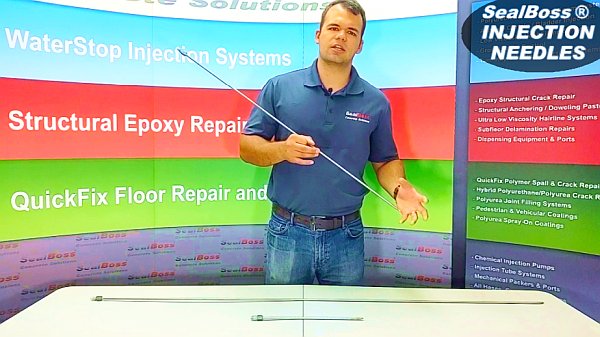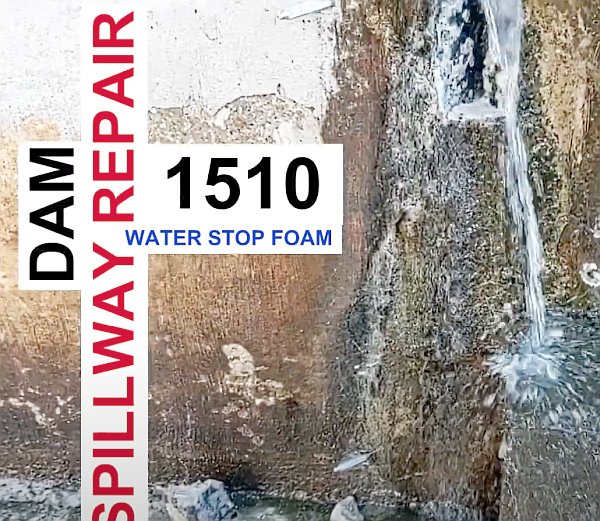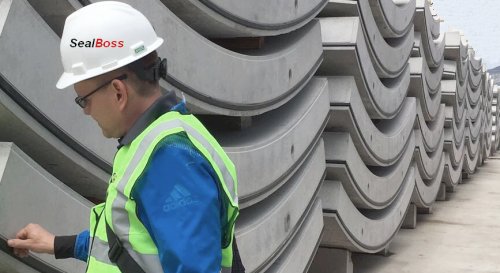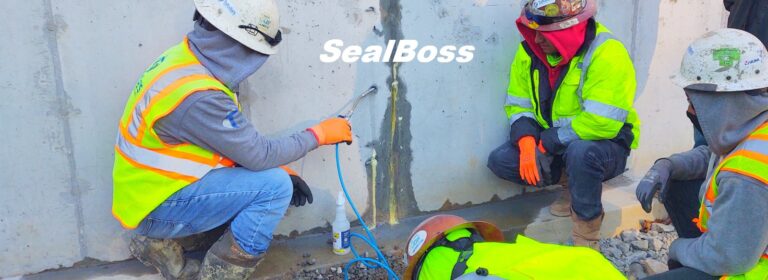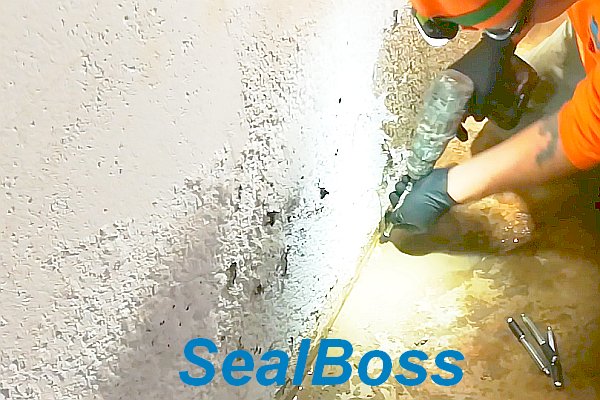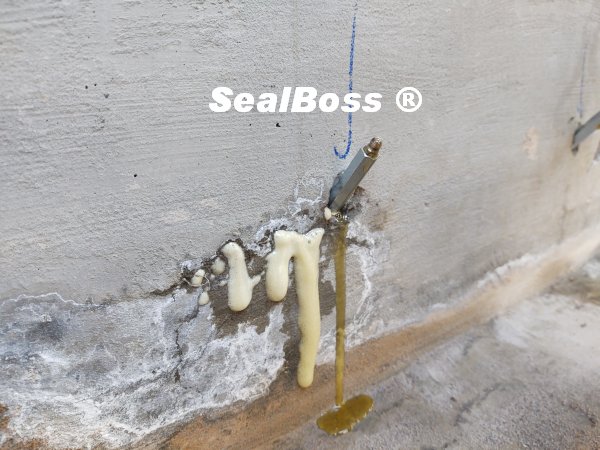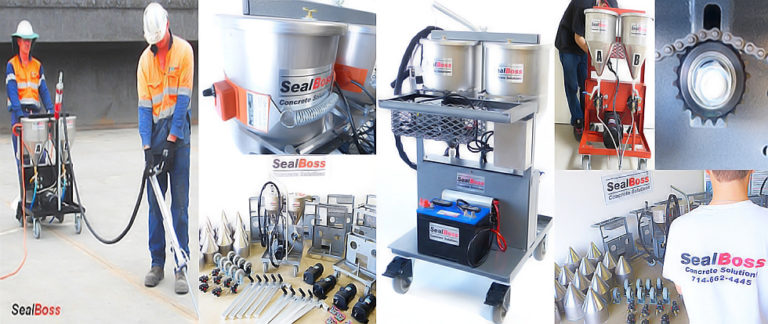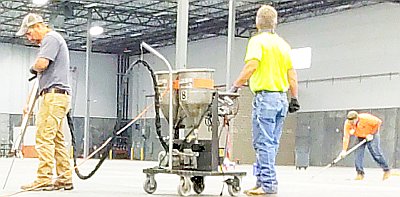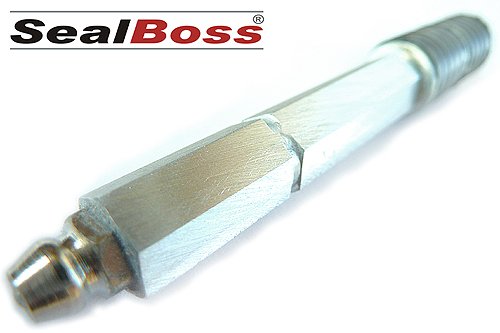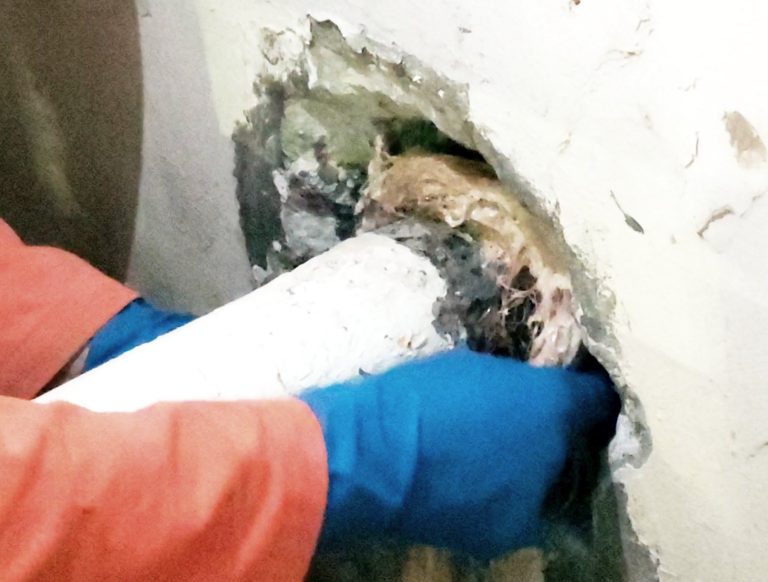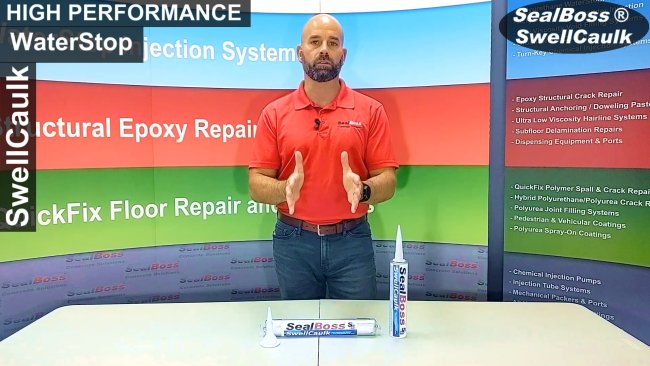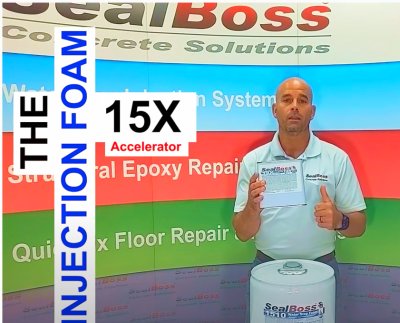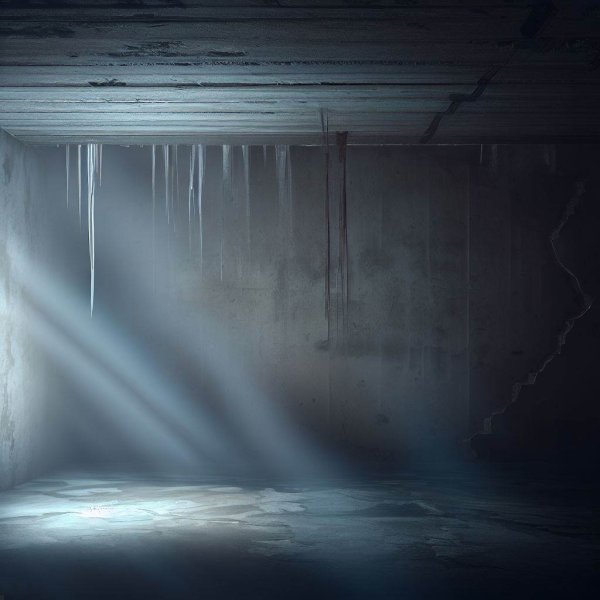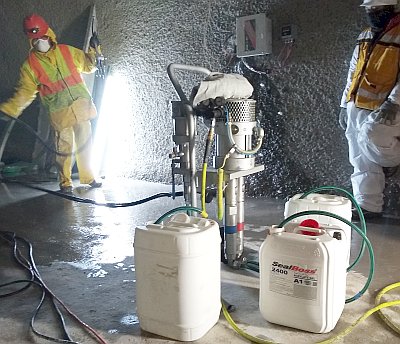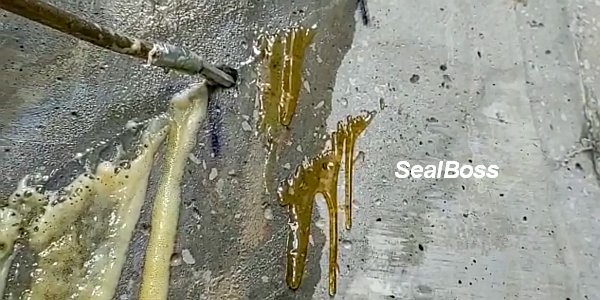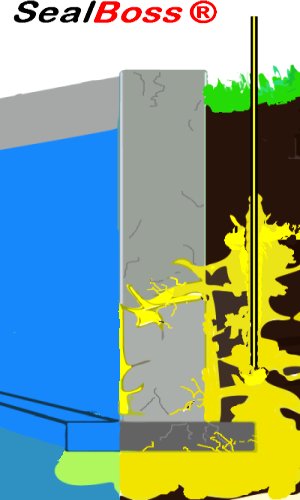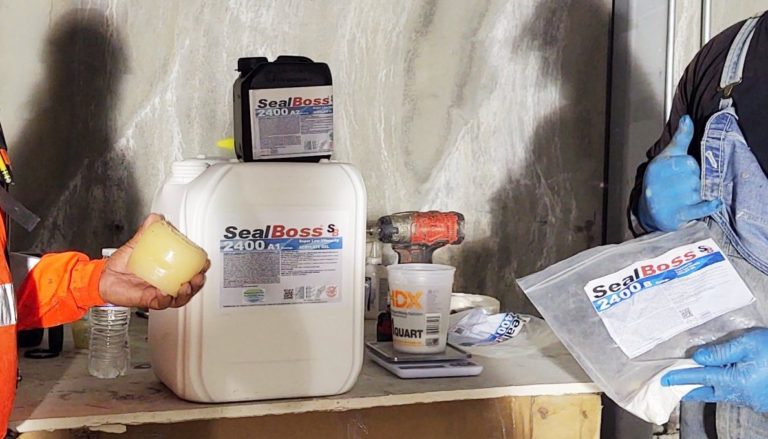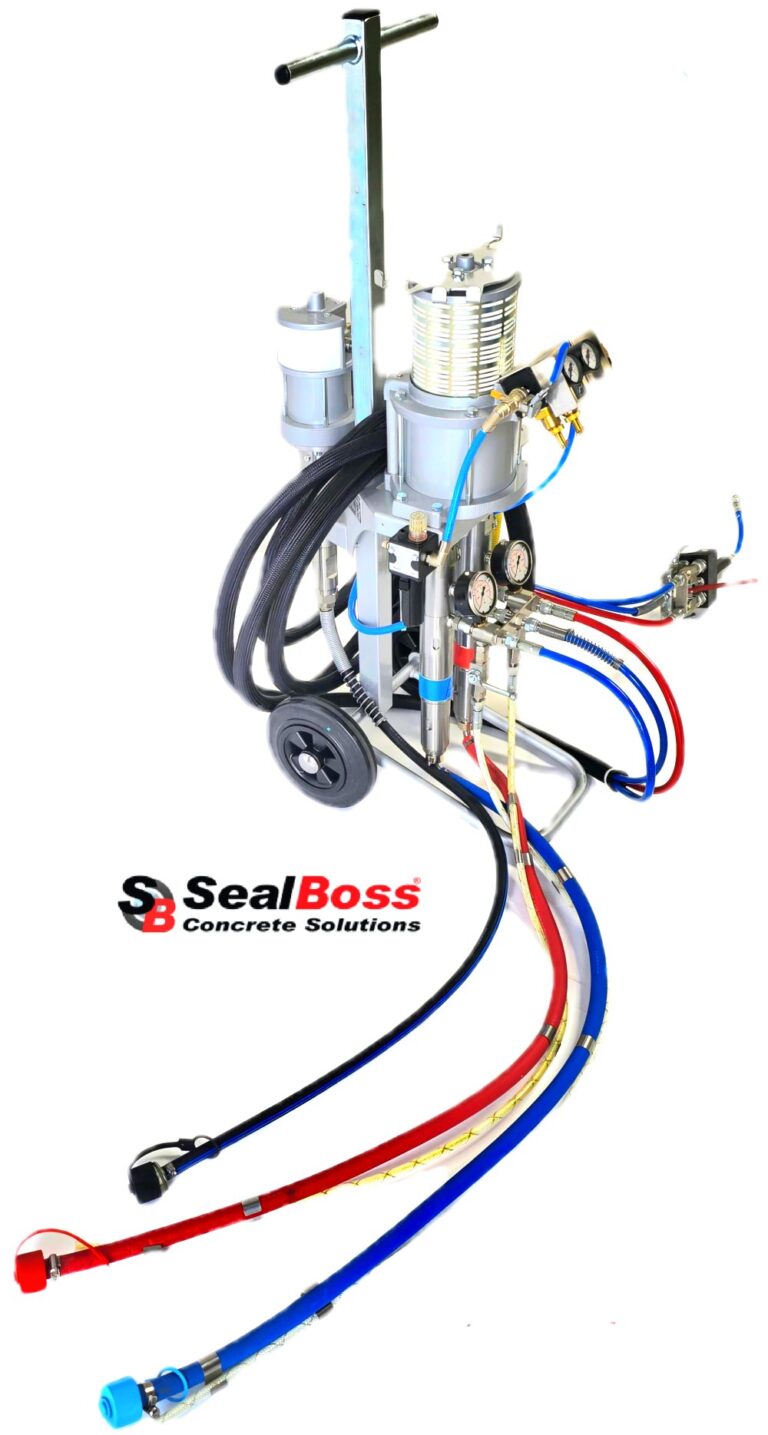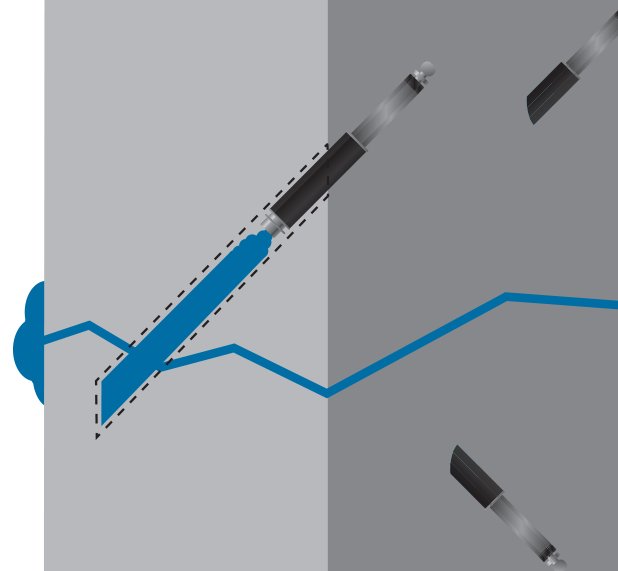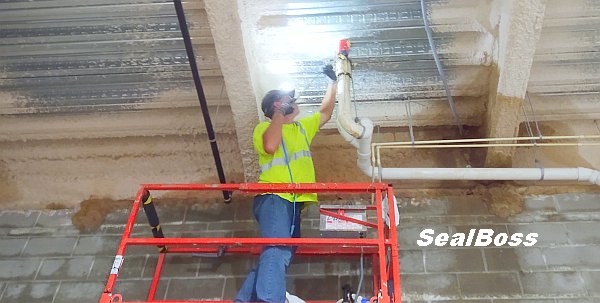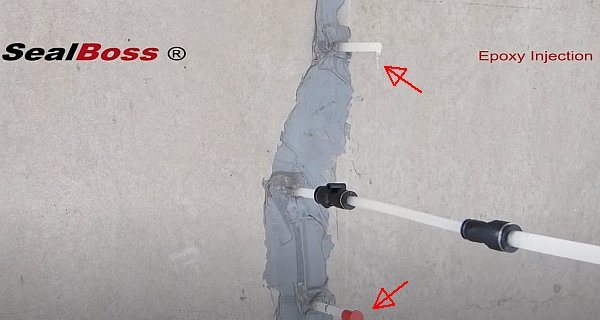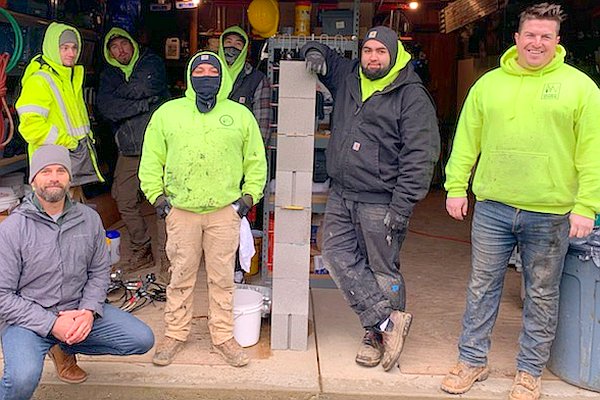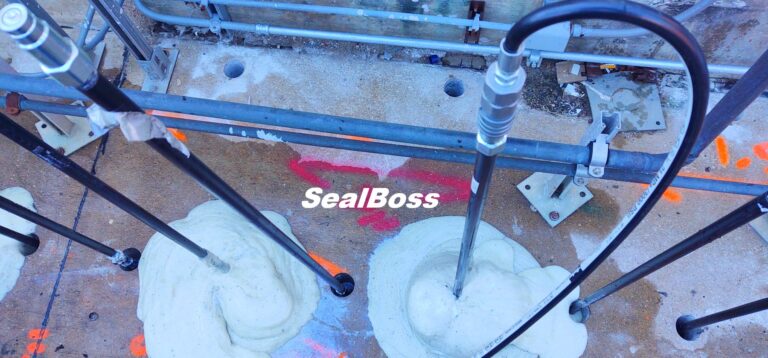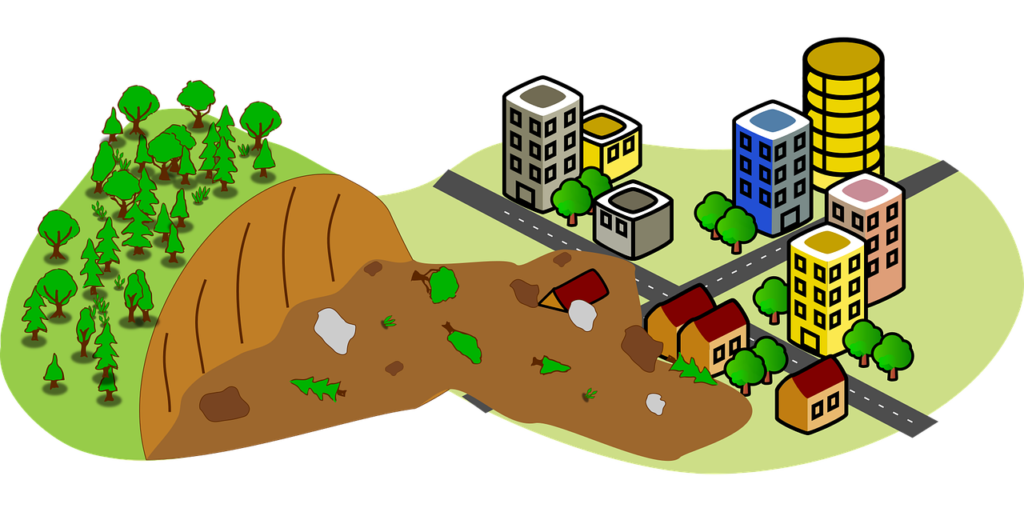
What Causes Unstable Soil?
Permeation Grouting - Filling - Polyjacking
Unstable soil encompasses earth materials susceptible to shifting, moving, or shrinking due to their composition or environmental and human-induced conditions. Its inherent instability can pose a serious threat to the stability, security, and integrity of infrastructures, leading to the potential damage or degradation of structures such as buildings, bridges, and roads.
Unstable soil may not remain in place without extra treatment, support or shoring. Understanding the root causes of unstable soil is integral in combating its negative impacts. Here are the four primary factors contributing to soil instability:
Poor Soil Compaction
Poor soil compaction is a well known cause of unstable soil and often results in structural damages and sinking structures. Poor soil compaction can be attributed to various factors, primarily centered around soil texture and properties. Certain soils are more susceptible to compaction due to factors like high clay content, excess salt, low pH, and high water content. Construction choices also play a role; improper selection of compaction equipment and materials by contractors can lead to subpar compaction. Certain areas, like soil adjacent to foundations, are more prone to poor compaction as well.
Depending on soil composition and density, permeation grouting and polyjacking may provide solutions to these problems.
Soil Erosion
Erosion is a geological process involving the movement of the earth’s crust due to factors like water flow, wind, and human actions. Erosion, whether caused by wind, water, temperature changes, or human activities, is a process that removes soil or rock from one location and transports it to another. This constant displacement destabilizes the soil, causing undesirable consequences such as landslides, sinkholes, and damaged structures.
For construction projects and any existing structures, unstable soil due to erosion can jeopardize investments and endanger buildings.
Freeze/Thaw Cycles
Freezing and thawing can change the physical structure of soil and lead to increased erosion. The expansion of frozen water trapped in the substrate opens fissures in the soil and rocks to the extend of breaking up even solid structures. Freeze and thaw events create expansion and contraction cycles in the soil and minerals which lead to a continued break down and potential loss of integrity.
Particularly on fine-grained soils prone to freezing and thawing, issues arise due to soil instability. Thawing frost and permafrost, soil with frozen water particles, softens and reduces soil compactness, leading to structural sinking. This poses significant challenges for building and infrastructure development.
Organic Decomposition
Soils containing a high concentration of organic materials are subject to decomposing through chemical processes and microorganisms such as bacteria, fungi, archaea and protists. As organic materials break down, they lose mass and cohesion, which weakens the soil’s overall integrity. The spaces left by decomposed materials can cause the soil to become more porous, reducing its ability to support weight and withstand external pressures. This increased porosity can also lead to changes in water drainage patterns, potentially causing uneven settling and erosion.
The rapid soil transformation and eventual loss of a high percentage of the organic material during decomposition can cause soil volumes to shrink, contributing to instability. In summary, decomposition disrupts the soil’s structure, cohesion, and load-bearing capacity, making it more prone to shifts, settling, and erosion, which collectively contribute to soil instability.
Unstable Soil Solutions
Soil stability is a critical aspect of construction and infrastructure projects. Unstable soil can cause significant damage to structures, such as foundation and wall cracking, and can even lead to collapse.
The SealBoss Void Filling, Polyjacking and Permeation Grouting System may help mitigate these causes of unstable soil.
Soil stability can be restored to soil with adequate polyurethane resin and foam products and structures can be supported and in some circumstances raised.
At SealBoss, we have product solutions for sinking slabs, foundations, seawalls and retaining walls in commercial and residential environments.
Polyurethane resins, foams, and grouts are excellent solutions for stabilizing unstable soil. In this article, we will explore the technical details of using these materials and their benefits.
Polyurethane Resins for Soil Stabilization
Polyurethane resins are synthetic materials that have excellent adhesive properties, making them ideal for stabilizing soil. These resins are injected into the soil in a liquid form, where they expand and harden, filling voids, and stabilizing the soil. Polyurethane resins are typically used to fill voids or stabilize the soil around the foundation, but they can also be used to strengthen slopes and embankments.
One of the significant benefits of using polyurethane resins for soil stabilization is that they are easy to use and can be applied quickly. They are also NSF water contact approved products to prevent harm to the environment. Polyurethane resins can be applied in many conditions, making them a versatile solution for unstable soil stabilization.
Foam Jacking for Soil Stabilization
Foam jacking, also known as polyjacking, is a technique used to stabilize soil by injecting foam into the soil to fill voids and create support to a structure and provide for some lifting, if neccessary . The foam expands and hardens, lifting the soil and filling voids, stabilizing the soil, and correcting many settlement issues.
Foam jacking is an excellent solution for fixing concrete slabs, sidewalks, and driveways that have sunk due to soil instability. The foam jacking process is quick, and there is minimal disruption to the surrounding areas. Foam jacking is also cost-effective compared to other soil stabilization techniques, making it an attractive option for homeowners and contractors.
Permeation Grouting for Soil Stabilization
Permeation grouting is a soil stabilization technique used to strengthen soil by injecting polymer grout into the soil. The grout is injected into the substrate at pressure, filling voids and stabilizing the soil by compaction and adhesion.
Permeation grouting is commonly used to stabilize soil around tunnels, bridges, and buildings. The process is quick, and there is minimal disruption to the surrounding areas. Permeation grouting is also a cost-effective solution for soil stabilization and is an excellent option for large infrastructure projects.
Benefits of Polyurethane Resins, Foams, and Grouts for Soil Stabilization
Polyurethane resins, foams, and grouts are excellent solutions for soil stabilization. Here are some of the benefits of using these materials:
- Versatility: Polyurethane resins, foams, and grouts can be used to stabilize different types of soil, including sandy, somewhat clayey, and rocky soils.
- Environmentally Safe: Materials are available that have been certified for drinking water contact and are used for projects that require minimal impact on the environment.
- Cost-Effective: Polyurethane resins, foams, and grouts are cost-effective solutions for soil stabilization. They require less labor, typically smaller equipment and often less material compared to other techniques, making them ideal for larger and very small infrastructure projects.
- Quick Application: These materials can be applied quickly, reducing the amount of downtime and disruption to the surrounding areas.
Polyurethane resins, foams, and grouts have been used in many unstable soil stabilization applications.
Links to Unstable Soil Stabilization Accessories:





























